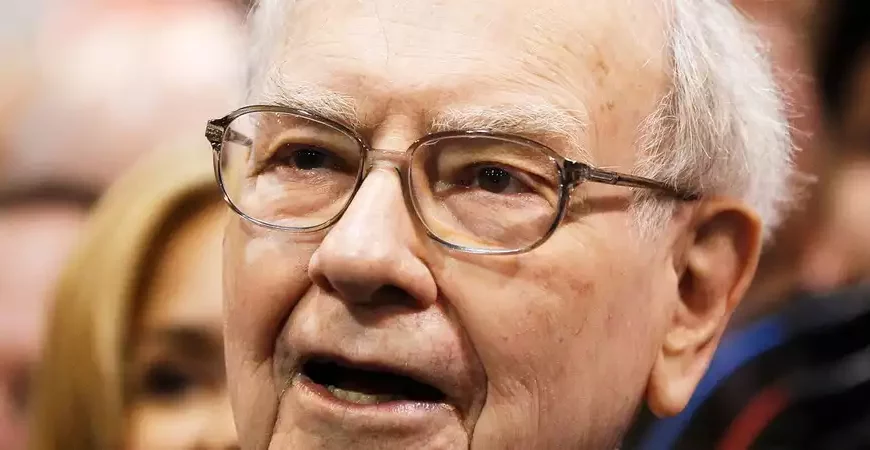Netflix’s latest quarterly report has painted a promising picture for the video streaming giant. The company has seen a significant acceleration in both subscriber growth and earnings, thanks to several key strategic moves. These include a crackdown on password sharing, an expansion into advertising, and a top-notch programming lineup that has kept viewers hooked.
The April to June period saw Netflix adding an impressive 8 million new subscribers, which marks a staggering 37% increase compared to the same time last year. Initially, Netflix shares took a slight dip of 3% in extended trading following the release of their second-quarter report. However, the shares soon recovered, climbing back up by approximately 1%. In the highly competitive world of video streaming, having a stable and growing subscriber base is crucial. Analyst Thomas Monteiro from Investing.com noted that the move to lower guidance was a smart strategy, helping to temper sky-high expectations and maintain investor excitement.
Netflix’s recent growth can be largely attributed to its ongoing efforts to combat freeloading. Since mid-2022, the company has been systematically blocking the once-common practice of sharing subscriber passwords with friends and family outside the household. This crackdown has been remarkably effective, adding nearly 55 million paying customers in the past two years alone. As a result, Netflix’s worldwide subscriber count has surged to nearly 278 million as of June.
However, Netflix is well aware that the gains from this password-sharing crackdown will eventually taper off. To prepare for this, the company has been sharpening its focus on advertising, particularly for its low-priced subscription option. As of June, Netflix reported a 34% increase in total subscribers for this ad-supported tier since March. Despite this growing audience, Netflix doesn’t anticipate advertising to become a major revenue driver until at least 2026. Spencer Neumann, Netflix’s CFO, emphasized this point during a recent conference call, indicating that while ads will become more significant, it won’t happen overnight.
In a move to shift investor focus towards financial growth and its burgeoning advertising segment, Netflix announced in April that it would stop providing quarterly subscriber updates starting next year. This shift also dovetails with the company’s more judicious spending approach. Netflix has become more selective with its content production, resulting in fewer movies and TV series than in the past decade but with higher quality. This strategy seems to be paying off, as evidenced by the 107 Emmy nominations Netflix received recently, leading the industry.
Co-CEO Ted Sarandos summed up the company’s intent during a conference call, stating that their mission is to spend the next billion dollars of programming more effectively than anyone else in the world. This focus on quality over quantity, coupled with strategic moves in advertising and cracking down on password sharing, puts Netflix in a strong position to maintain its leadership in the streaming industry.
With these strategies in place, Netflix is not just navigating the competitive landscape but actively shaping it. The company’s ability to adapt and innovate continually will be crucial as it aims to sustain its growth and keep viewers and investors alike engaged.




 By
By




 By
By
 By
By
 By
By
 By
By






